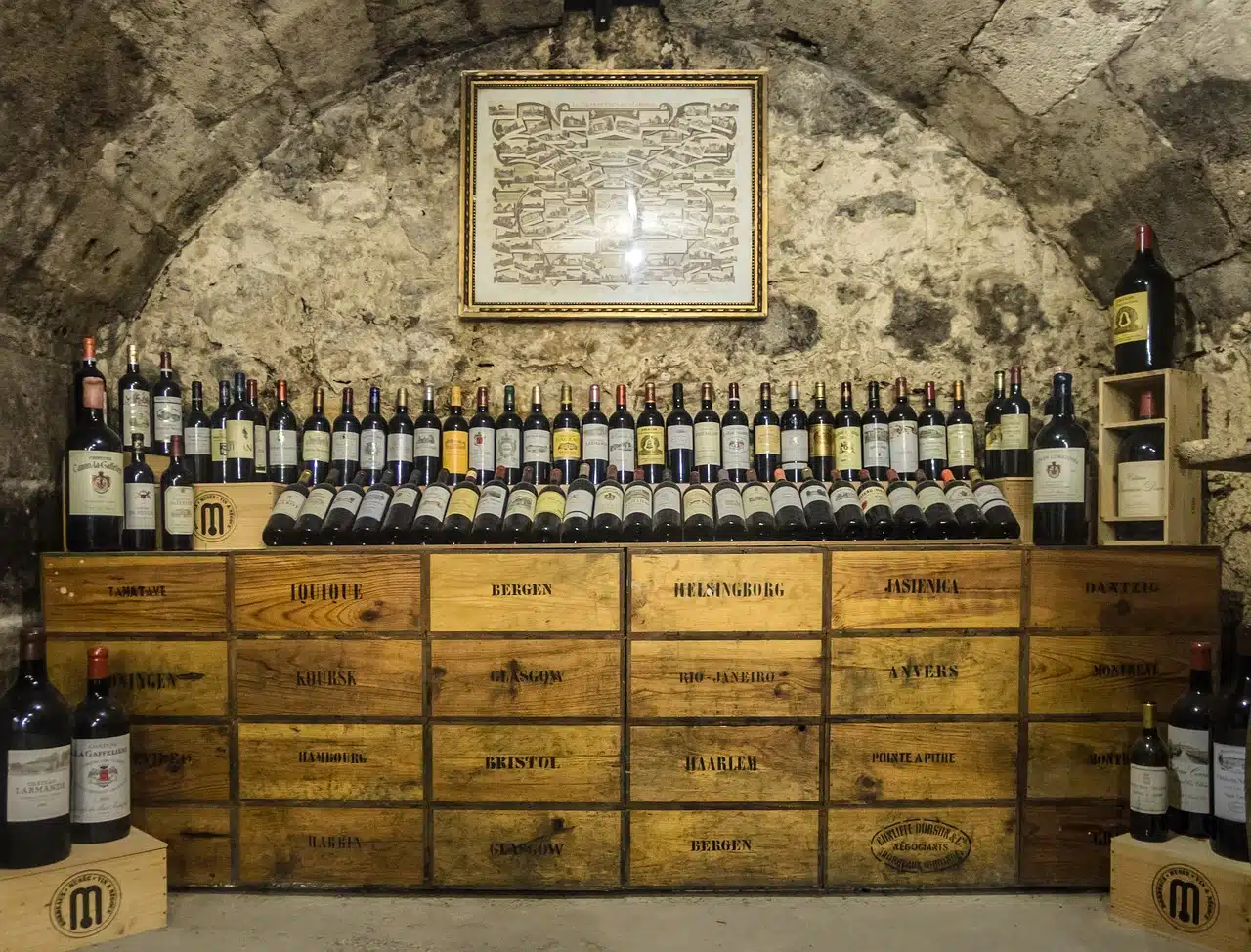
The cellar is a cave to make and store wine.
The cellar is the cave where the production of certain wines is carried out and the room - usually underground - in which the wine is stored . The notion is associated with viticulture and oenology .
Humidity and temperature control
In the cellar, the aim is to maintain controlled and constant humidity and temperature conditions required by the wines, usually kept in barrels or bottles. The fact of developing the cellars underground helps to minimize thermal changes.
The environment is key to the quality of the wine . This alcoholic drink, if possible, should be kept away from external influences so as not to lose its qualities. Light and excessive heat, for example, can undermine its properties. That is why the cellars are very important.
Those wines that are aged to improve their flavor and aroma are stored in the cellars for long periods of time. This way they can mature in a controlled and protected environment before reaching the consumer.
Natural cellars
Natural caves are underground geological formations that have been created over thousands or millions of years without human intervention. They arise from the erosion of the land and the dissolution of limestone rock by water containing carbon dioxide in the form of carbonic acid. This slow and steady process creates cavities in the subsoil.
They are usually found in regions with soils rich in limestone rock , since this is more susceptible to chemical dissolution than others. Notable examples of natural caves are the Carlsbad Caves in the United States and the Postojna Caves in Slovenia.
Many natural caves are home to unique ecosystems and species adapted to darkness and underground conditions. They can be shelters for bats and other animals. In addition, they can present a wide variety of structures, such as stalactites (hanging formations on the ceiling of the cave), stalagmites (growing from the ground), calcite columns and curtains, and other speleotemic formations.
Artificial cellars
Artificial cellars, also known as underground wineries , are human constructions created to store wine or other products under controlled conditions of temperature and humidity. They are usually dug into hills or mountains.
They are primarily used for wine aging and storage , as the underground conditions provide a suitable environment for preservation and improvement of flavor over time. Unlike natural cellars, artificial cellars allow greater control over factors such as temperature, humidity and light level, which is essential to guarantee the quality and proper aging of the wine.
Artificial wine cellars often feature walkways, shelves, and storage systems designed specifically to house wine bottles. Some underground wineries also offer tours and tastings .
Fridge
A cellar is also a refrigerator ( fridge or ice cream maker ), usually portable , that is used for home air conditioning of wine . These devices can hold six, twelve or more bottles.

The Chardonnay grape is one of the varieties used to make cava.
Sparkling wine
Cava is a sparkling wine originating from Spain, specifically from the region of Catalonia. It is mainly produced using the Traditional Method , also known as the Champenoise or Classic Method, which involves a second fermentation in the same bottle in which it will be sold. During this phase, carbon dioxide is formed, which creates the bubbles characteristic of cava.
This wine can be made from several kinds of grapes, with Macabeo, Xarel·lo and Parellada being the most common. Other varieties such as Chardonnay and Pinot Noir can also be used. Cava can have different levels of aging, ranging from young and fresh to the so-called Reserva and Gran Reserva , which have spent more time in contact with the yeasts, thus acquiring more complexity and flavor.
